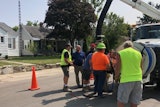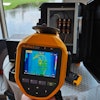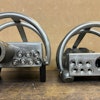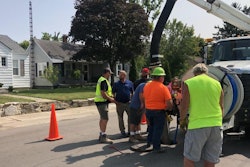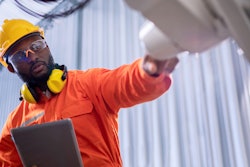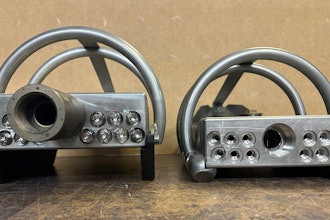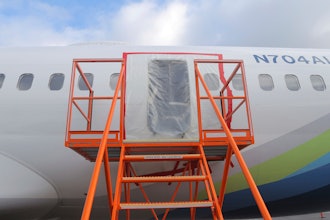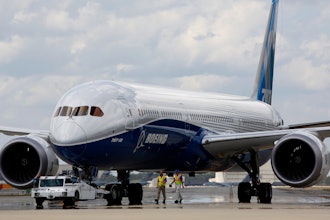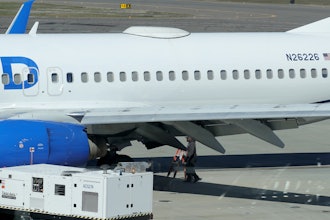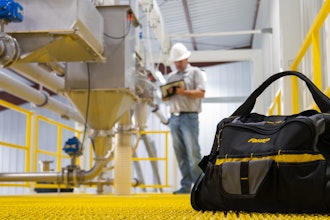Bowl mills are used to pulverize coal prior to being blown into coal fired boilers. They are very large machines with heavy rotating components usually driven by an internal planetary gear set in the bottom of the mill. A typical steam generation power plant will have multiple bowl mills for each boiler in the facility.
During a Fixturlaser XA training class at a coal fired power plant a discussion developed between two mechanics as to whether their bowl mill shafts could be rotated during an alignment. One mechanic was convinced the mass of the bowl mill would necessitate the coupling being disassembled and the alignment performed with one non-rotating shaft. The other mechanic felt that, though difficult to turn, the bowl mill alignment could be performed coupled up thus saving time, gathering more accurate alignment data as both shafts are rotated and eliminate the extra work required when performing an uncoupled alignment. Either way, it’s a matter of choice for the mechanic using the XA.
As luck would have it a 700 HP, 1200 RPM electric motor had just been replaced on one of their bowl mills and needed to be aligned to the mill. Initial inspection of the motor installation revealed a slight bit of concrete to have been broken off from the left rear and right front corners of the foundation under the outer edges of the motor base. There were no shims under the motor feet. The gear coupling was already assembled so 0.050” thick shims were placed under all motor feet as a starting point. The obvious soft foot check revealed the left rear and right front corners of the motor feet to have 0.025” of angular soft foot, on the outboard side of the motor feet, which was corrected accordingly. The final soft correction took an additional 0.005” under the right foot of the motor.
The Fixturlaser XA was mounted, dimensions entered, and measurements were taken. A 48” pipe wrench was used to turn the shafts. The measurements were taken near 9, 12, and 3 o’clock. The dual inclinometers of the XA keep track of the position of the sensors, when taking measurements, so precise positioning of the sensors is not required, speeding up the alignment process on large hard to turn machines.
The bowl mill operates at 1200 RPM, with an allowable angular misalignment of 1.0 mil/1” and an allowable offset misalignment of 6.0 mils, (1.0 mil = 0.001”). The first set of alignment measurements were taken with initial results of:
The mechanics completed a Verti-Zontal alignment by: 1) loosening the hold down bolts; 2) adding +155mil shims to the motor front feet and +220 mil shims to the rear feet to correct the vertical misalignment; 3) correcting the horizontal misalignment to within tolerance as indicated by the XA’s live screen; 4) tightening the motor feet hold down bolts using a cross torque pattern in 3 passes.
A second set of alignment measurements were taken with final results of:
Time from initial to final results, 33 minutes! The alignment was completed with one Verti-Zontal adjustment and the final coupling values where just shy of 3600 RPM alignment tolerances! Could this alignment have been completed with the coupling disassembled and by only turning one shaft? Absolutely! However as is shown, whenever possible, it is to the aligner’s benefit to perform an alignment with the coupling assembled so both shafts can be turned even when the machines are “difficult” to rotate. Faster alignments with less work! Turn baby turn!
